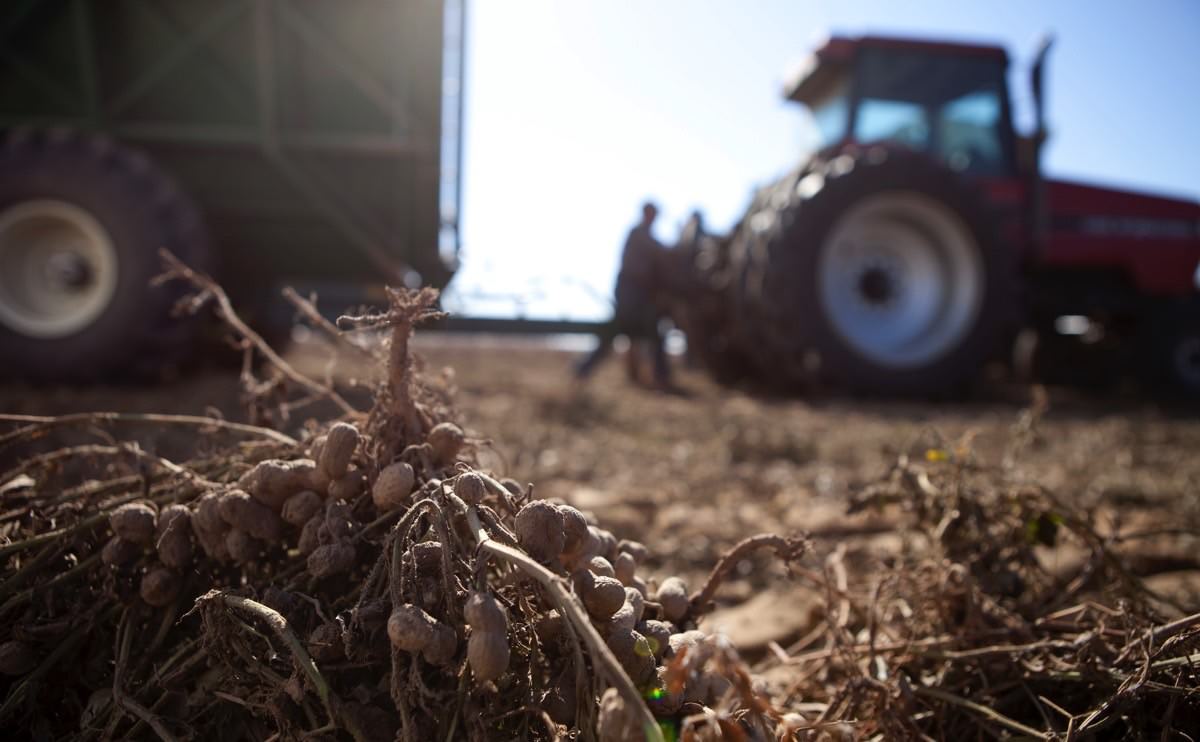Longer-lasting, better tasting, healthier peanuts that are also easier to grow. Yum.

The USDA, it seems, is working overtime on the peanut these days. Just last month it boasted an allergen-free peanut that may allow those unfortunate reactive souls to enjoy this delicious legume as the rest of us do. And now, by funding a project from Oklahoma State University, the USDA recently released a new peanut variety that looks to be an improvement over existing peanut varieties in a whole bunch of important ways.
The new peanut, called OLé (and god help you if you forget that accent or de-capitalize it) is a variety of Spanish peanut that’s engineered to have a few key new attributes. Spanish peanuts are most easily visually identified due to their papery red skins, but there are other differences as well. They tend to be smaller, and they also have a much higher oil content, which gives them a nuttier, richer flavor.
The OLé peanuts are what’s known as a high-oleic peanut, meaning that they have a boosted amount of oleic acid, a fatty acid that’s also present in olive oil, compared with other types of fatty acids. That higher level of oleic acid is useful: It increases shelf life dramatically, and it’s been linked with various health benefits. (Oleic acid is why olive oil is sometimes referred to as a “good fat.”)
High-oleic peanuts in general aren’t new; they’ve been around for a good few years, making their commercial introduction in 1995, albeit in extremely small quantities. (They also don’t seem to make a difference in terms of allergens, unfortunately.) But the OLé variety is of interest to us for two reasons: First, the OLé peanut is also engineered to be resistant to diseases like pod rot and sclerotinia blight, which can either devastate peanut fields or force farmers to use copious amounts of possibly dangerous fungicides. The other reason is more market-driven: High-oleic Spanish peanuts were first created in 2002 with a variety called Olin, but the new OLé peanut is both more resistant to disease and produces a significantly higher amount of peanuts per acre.
Spanish style peanuts are the peanut of choice for high-quality peanut butter, a product that’s found in 91 percent of U.S. households and garners about $1.18 billion per year in this country. All that together makes this peanut the first high-oleic variety you’re likely to see on your store shelves.
You can read more about the new peanut here.